2 Flowering Water-Wise Beauties Ready for Spring
What does your garden look like in early spring? Does it somewhat boring? How about adding some color and interest to your garden by adding some water-wise flowering plants?
This week, I had a fun project to work on – in partnership with Monrovia, I was asked to select two types water-wise plants for the landscape. So, I headed out to my local nursery with a mission to select from the different water-wise Monrovia plants available.
Once I arrived at the nursery, I was faced with a number of different Monrovia plant choices from succulents, cacti, shrubs and perennials. After a some time going back and forth, I narrowed my choices down to these two water-wise, flowering beauties.
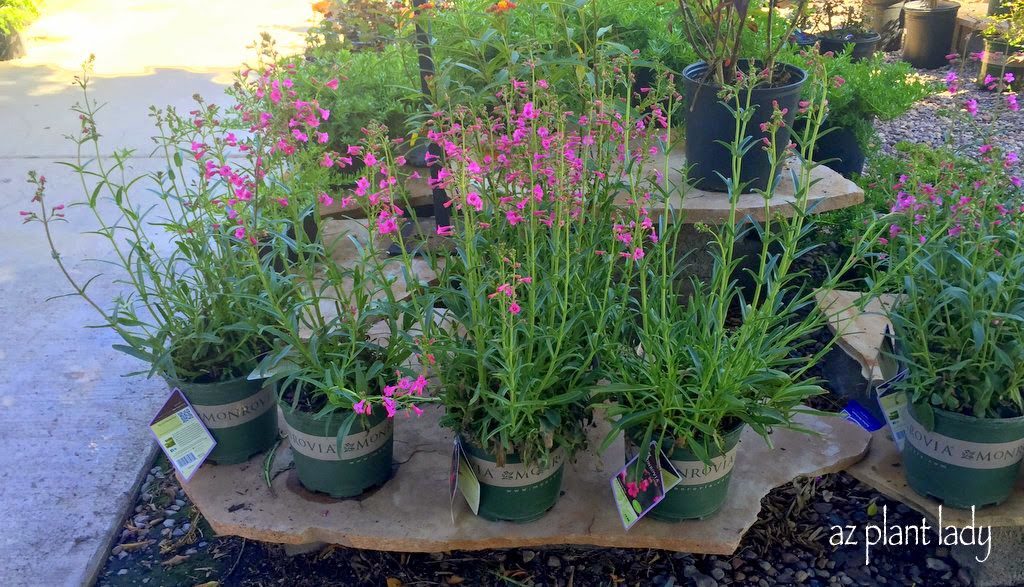
Parry’s penstemon (Penstemon parryi) has long been a favorite perennial of mine. I love the ‘cottage-garden’ look it provides with its pink spikes that appear in late winter and on into spring.
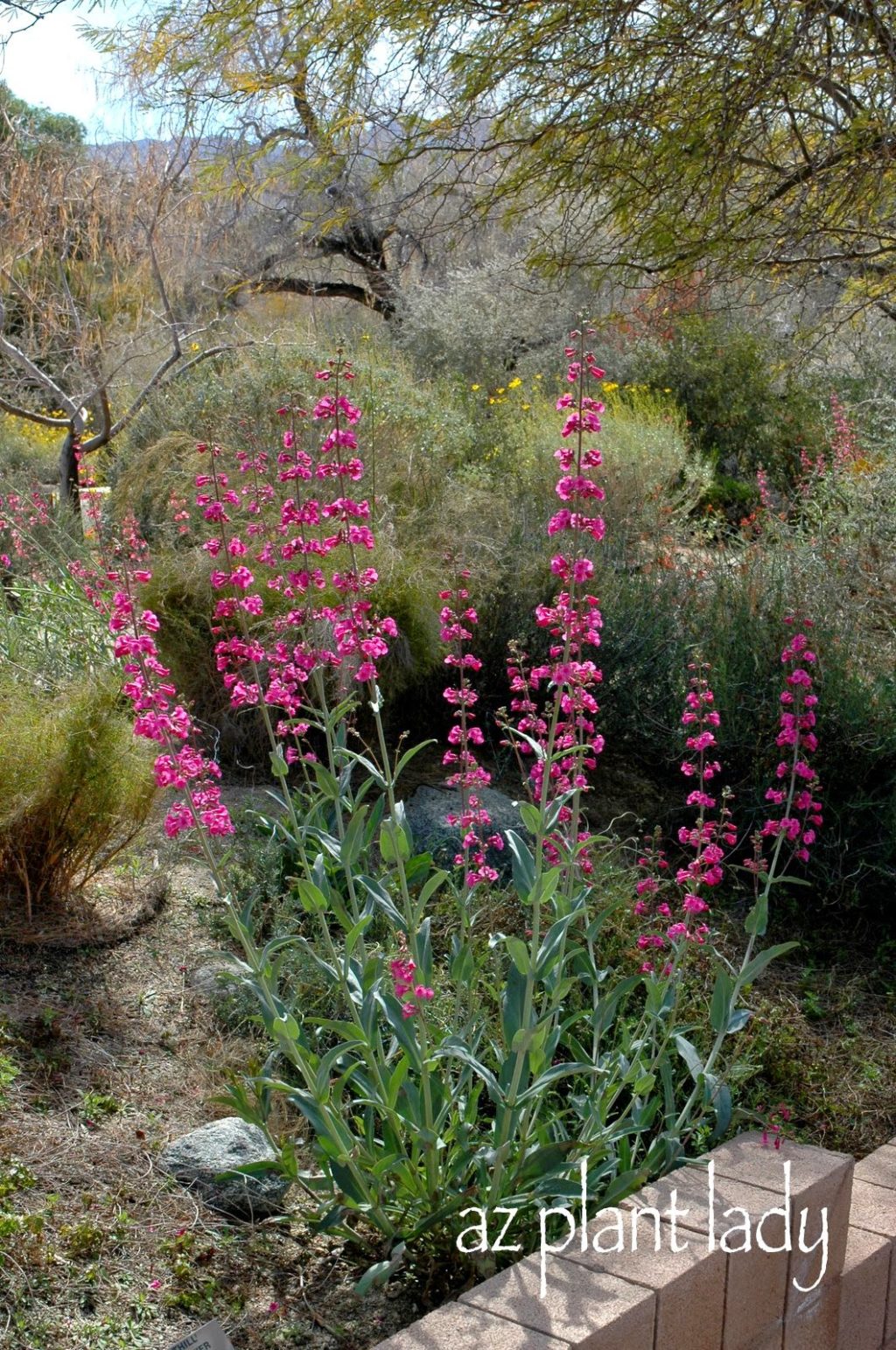
It is quite versatile in the landscape where it can be used in wildflower gardens, planted in a perennial bed or simply placed next to a boulder.
My next plant choice was a flowering succulent.
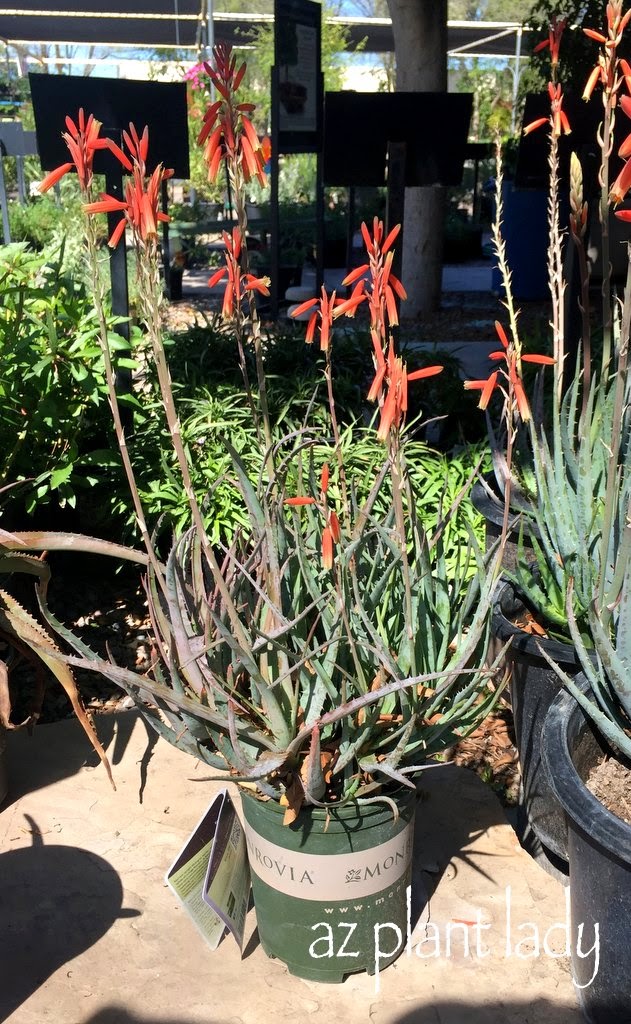
Blue Elf aloe (Aloe ‘Blue Elf’) is a newer aloe species that is perfect for small spaces. It adds welcome color with its orange flowers that appear in late winter into spring.
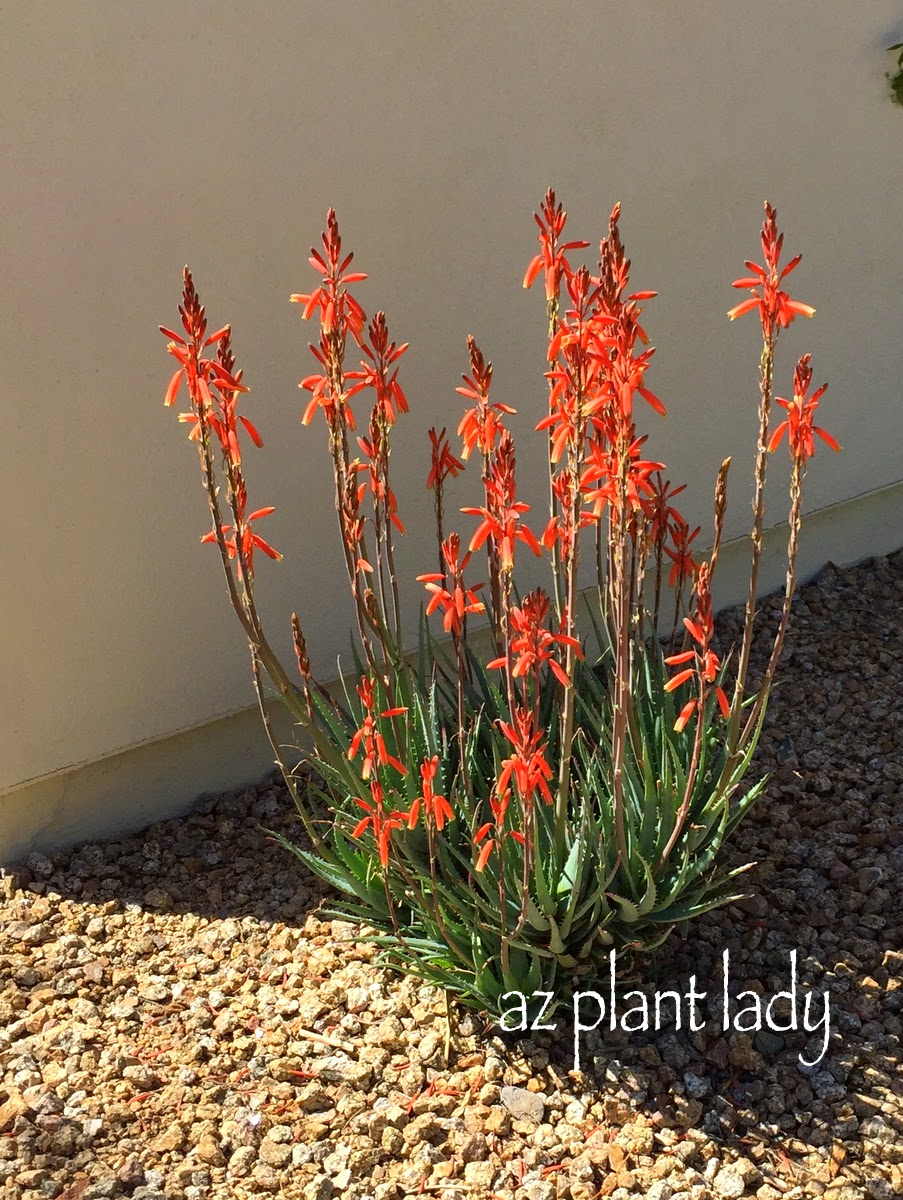
I have been using this small aloe a lot in recent landscape designs (like the one above) including in narrow planting beds, in entries and also in pots.
Both of these flowering plants are water-wise choices and perfect for the drought tolerant garden.
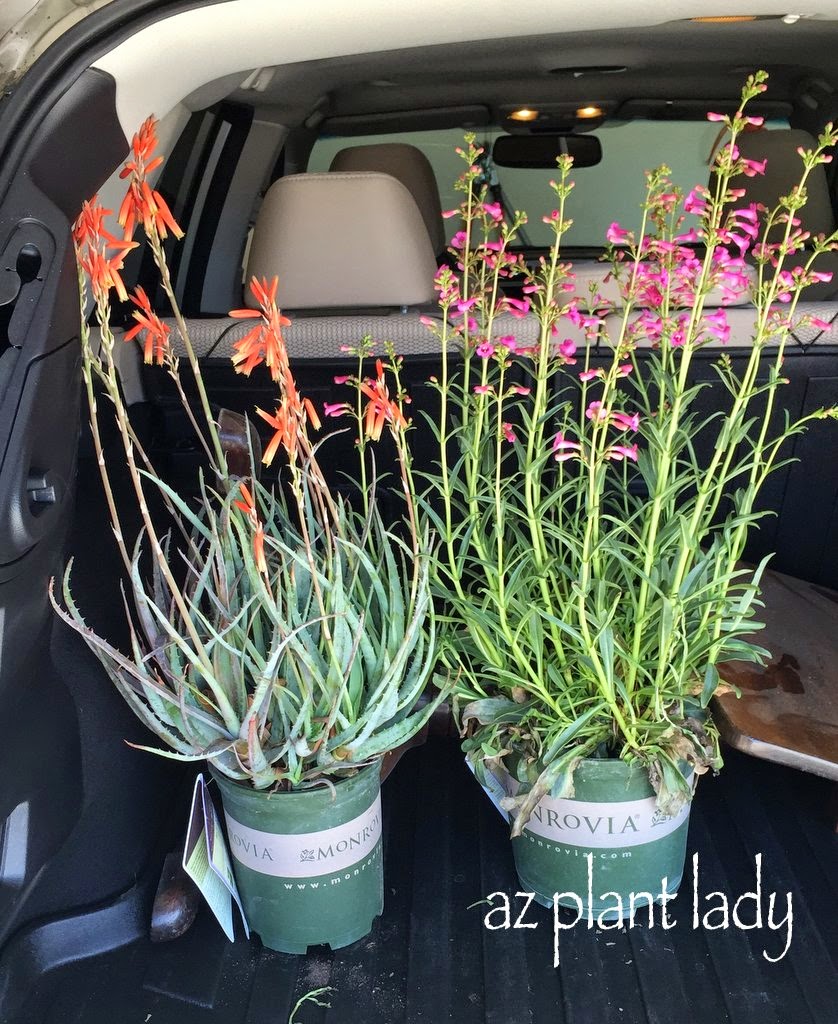
I loaded my new Monrovia plants up and started home.
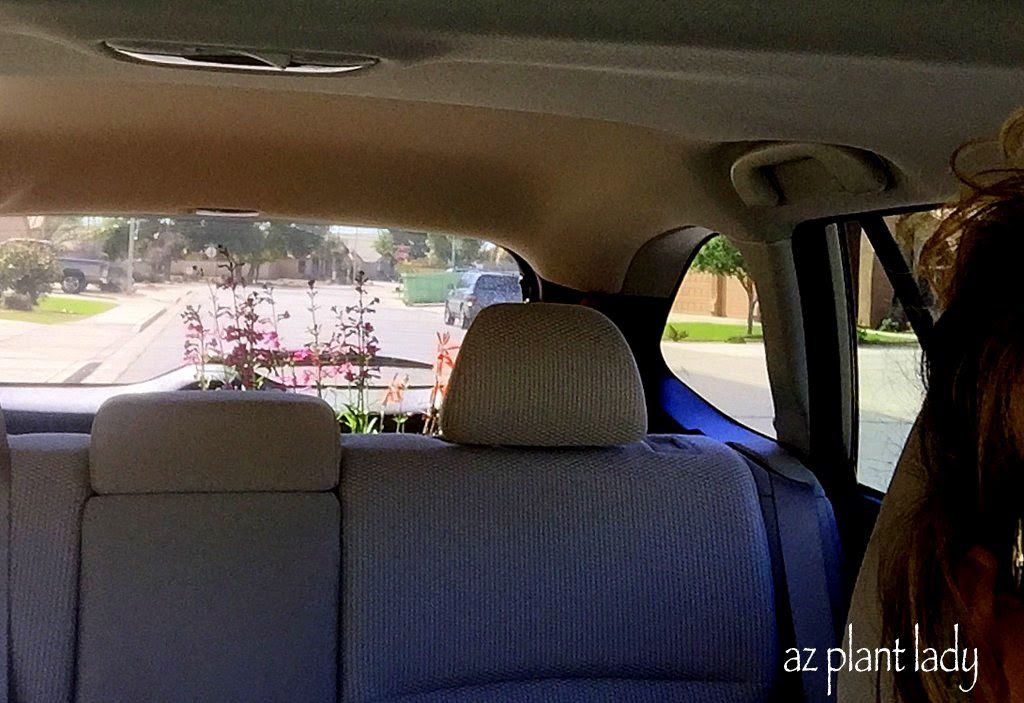
On the drive home, I could see the flowers from my new plants in my rearview mirror and I couldn’t wait to find new homes for them in my garden.
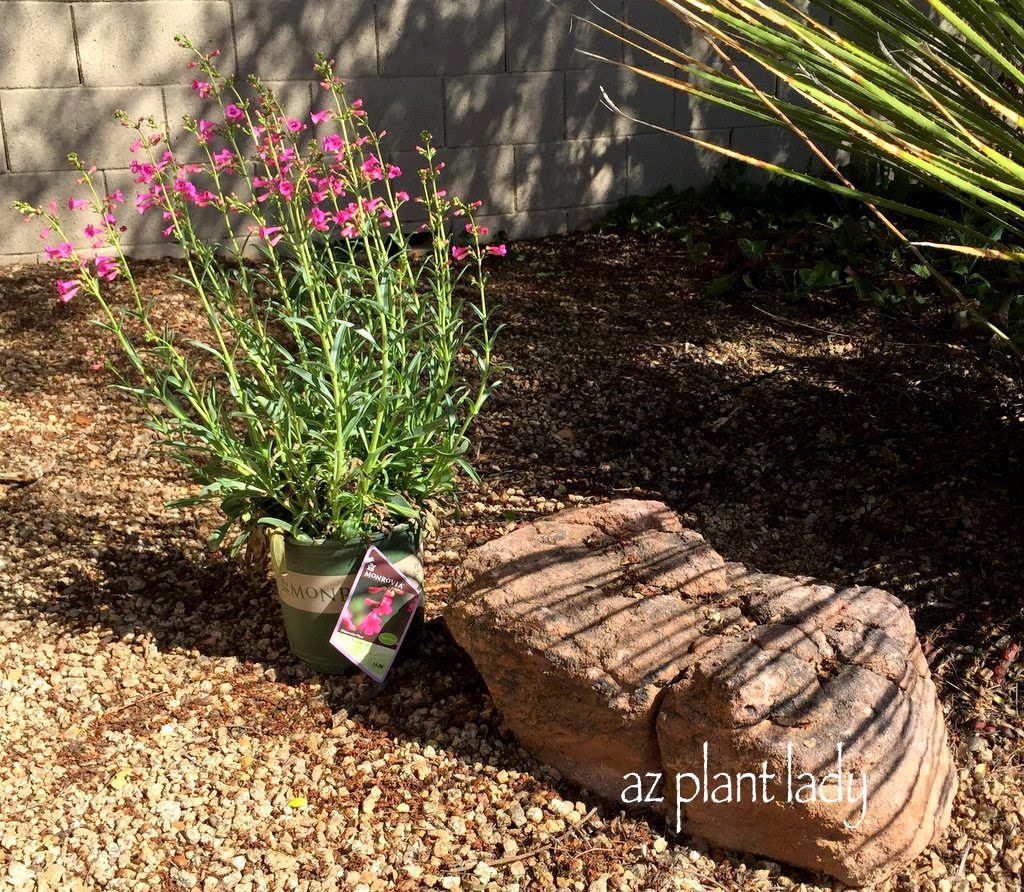
I played with a number of potential locations in the garden for my new parry’s penstemon, but decided on planting it next to a boulder. Plants like this penstemon look great next to boulders where their different textures provide great contrast.
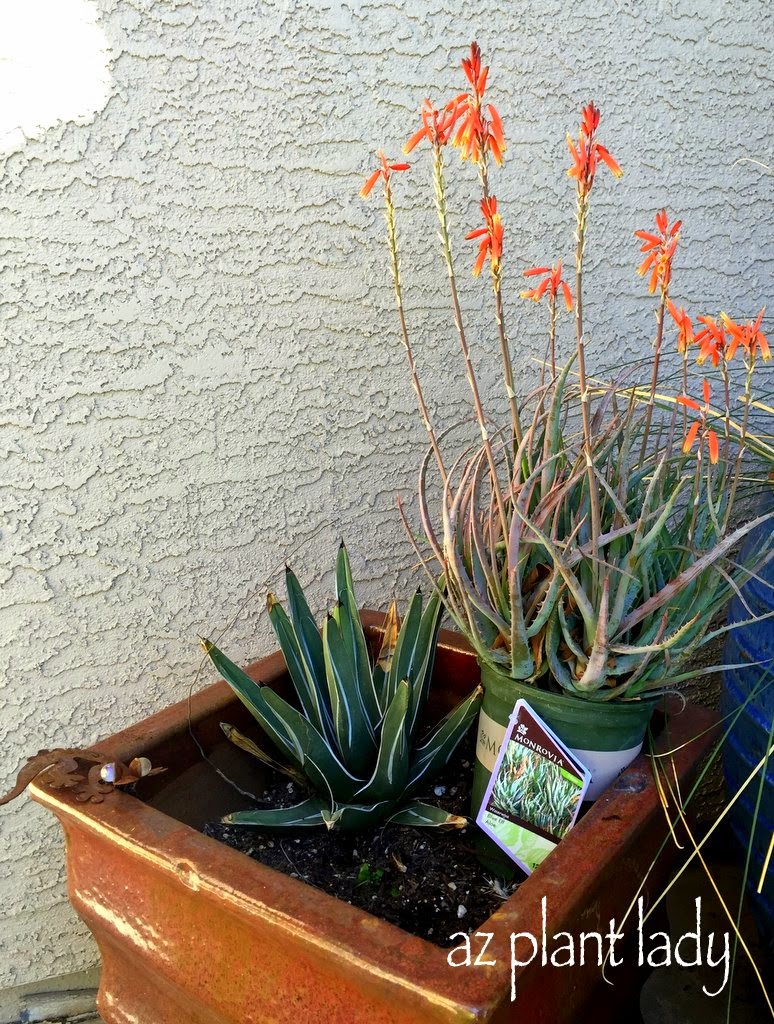
I didn’t have to try different spots for my new Blue Elf aloe – I knew that I wanted it for one of my containers in the front entry.
Monrovia plants can be found at Lowe’s garden centers as well as at many local nurseries, which is where I found mine. You can also order Monrovia plants online. The quality of their plants is excellent and the only problem you’ll have is choosing from the large variety available.
*This post is sponsored by Monrovia, but my plant choices and opinions are my own. Visit their website for more water-wise plant choices for your drought tolerant garden.

 Noelle Johnson, aka, 'AZ Plant Lady' is a author, horticulturist, and landscape consultant who helps people learn how to create, grow, and maintain beautiful desert gardens that thrive in a hot, dry climate. She does this through her consulting services, her online class Desert Gardening 101, and her monthly membership club, Through the Garden Gate. As she likes to tell desert-dwellers, "Gardening in the desert isn't hard, but it is different."
Noelle Johnson, aka, 'AZ Plant Lady' is a author, horticulturist, and landscape consultant who helps people learn how to create, grow, and maintain beautiful desert gardens that thrive in a hot, dry climate. She does this through her consulting services, her online class Desert Gardening 101, and her monthly membership club, Through the Garden Gate. As she likes to tell desert-dwellers, "Gardening in the desert isn't hard, but it is different."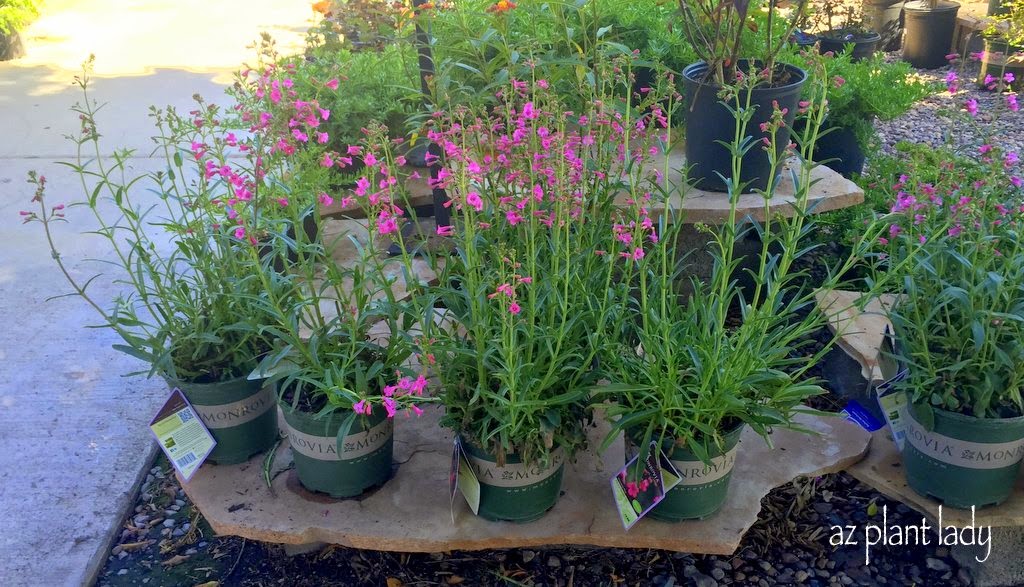
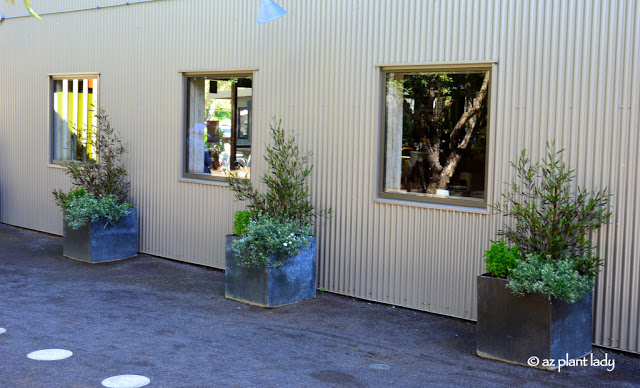
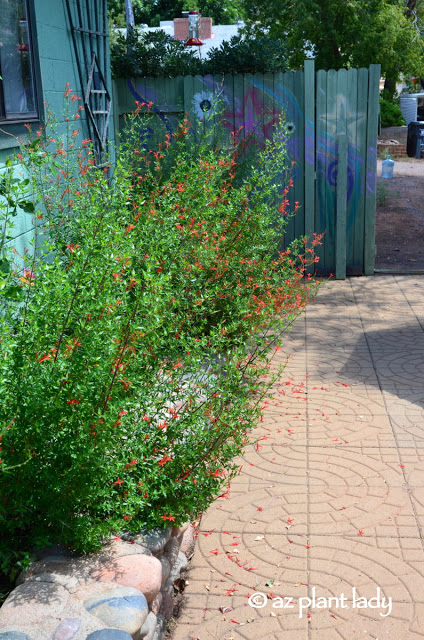
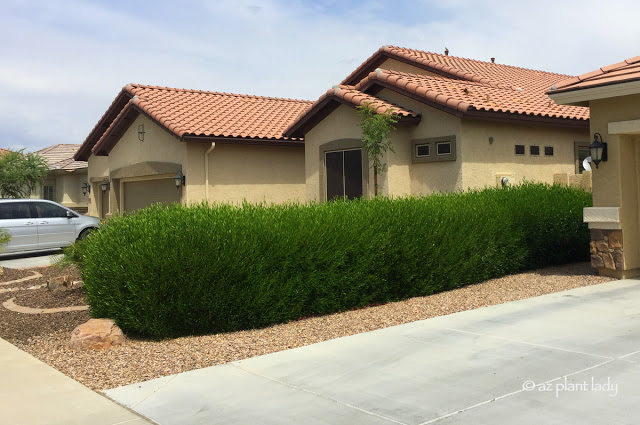
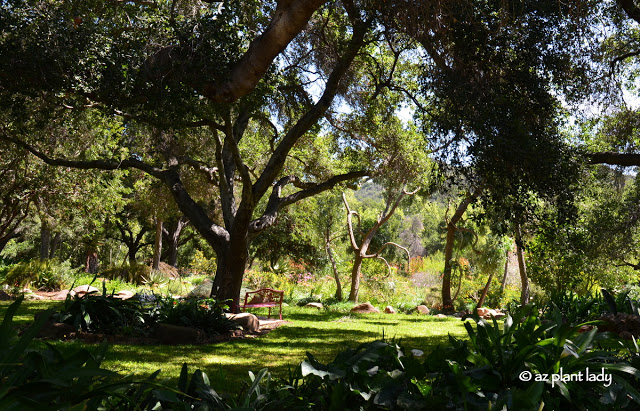
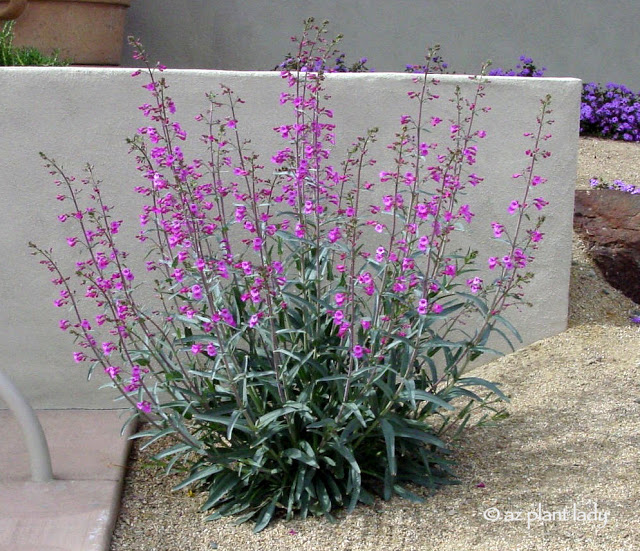
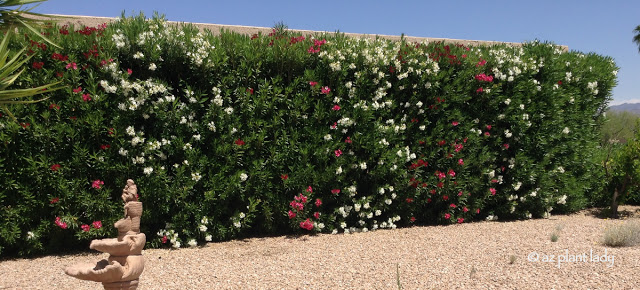









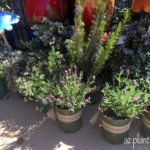
They look gorgeous and I have spots in mind in my own yard where I think some of these would look great. I just read that succulents like sun, but not the full sun we get here in the low dessert — the book said they need filtered sun here, which was a big disappointment for me.
But you're putting your aloe in full sun. Is the book wrong? Or does it depend on the succulent?
Because of my all my neighbors trees, part of my yard is heavily shaded, and part of it gets 100% full sun. I'm struggling to figure out what will bloom in the shady area where my plants are struggling to flower, and what will survive in full AZ sun. Can you enlighten me on this?
Hello Noell,
Great question. There are several species of aloe that grow well here in the low desert. Regular aloe vera does need some shade to do best, however 'Blue Elf' aloe thrives in full sun.
Here is a link from the Arizona Municipal Water User's Association that lists plants that will thrive in the low desert along with their exposure needs. There are several that do well in both sun and shade. I hope this helps!
http://www.amwua.org/plants_index.html
I'm missing my old Parry Penstemon plants…I think I started with 1-2, and over several years they reseeded into the 10+ that I kept. May have to plant that one, since it really announces spring.